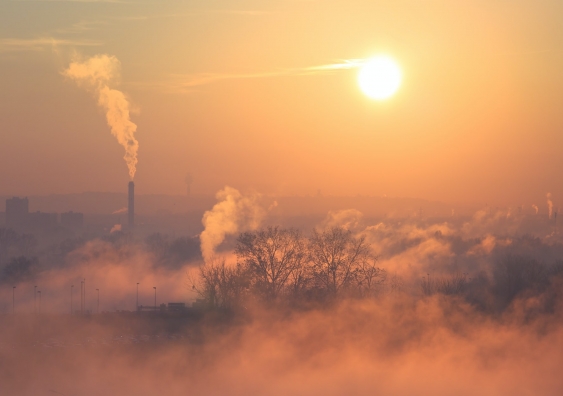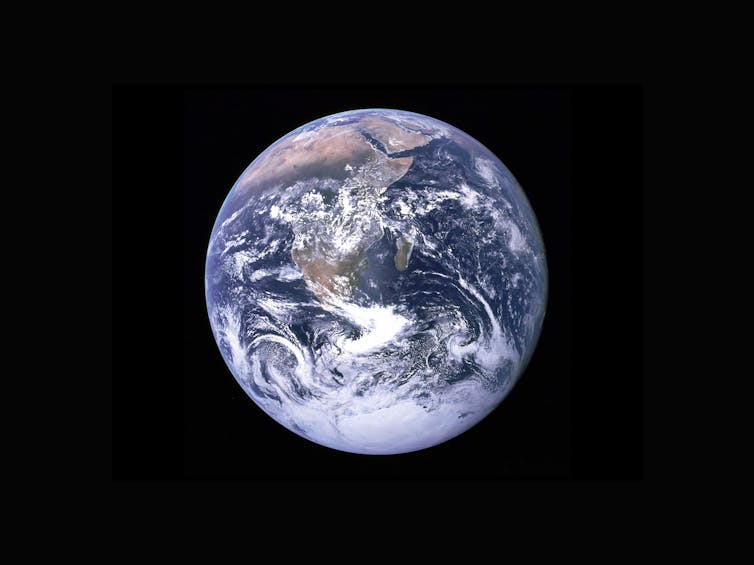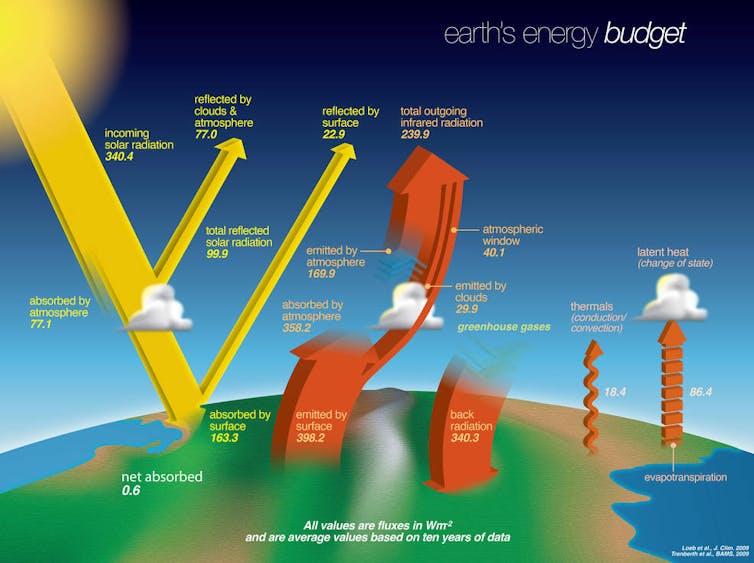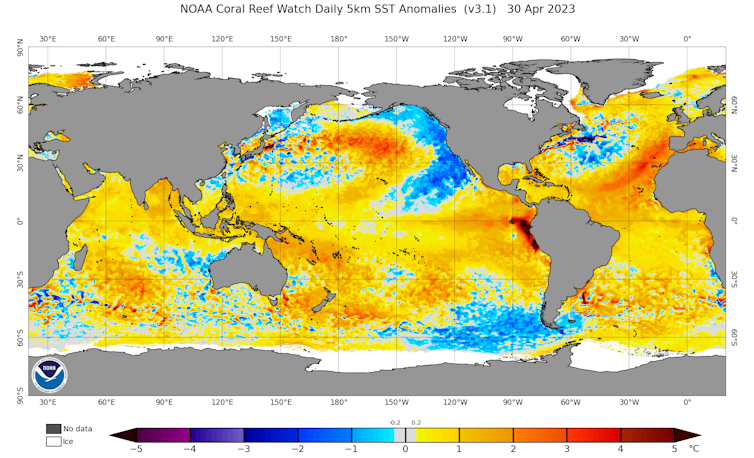Two trillion tonnes of greenhouse gases, 25 billion nukes of heat: are we pushing Earth out of the Goldilocks zone?
Life relies on a fine balance between energy in and energy out. But heating the world 1.2℃ means we’ve trapped an extraordinary amount of extra energy in the Earth system.






